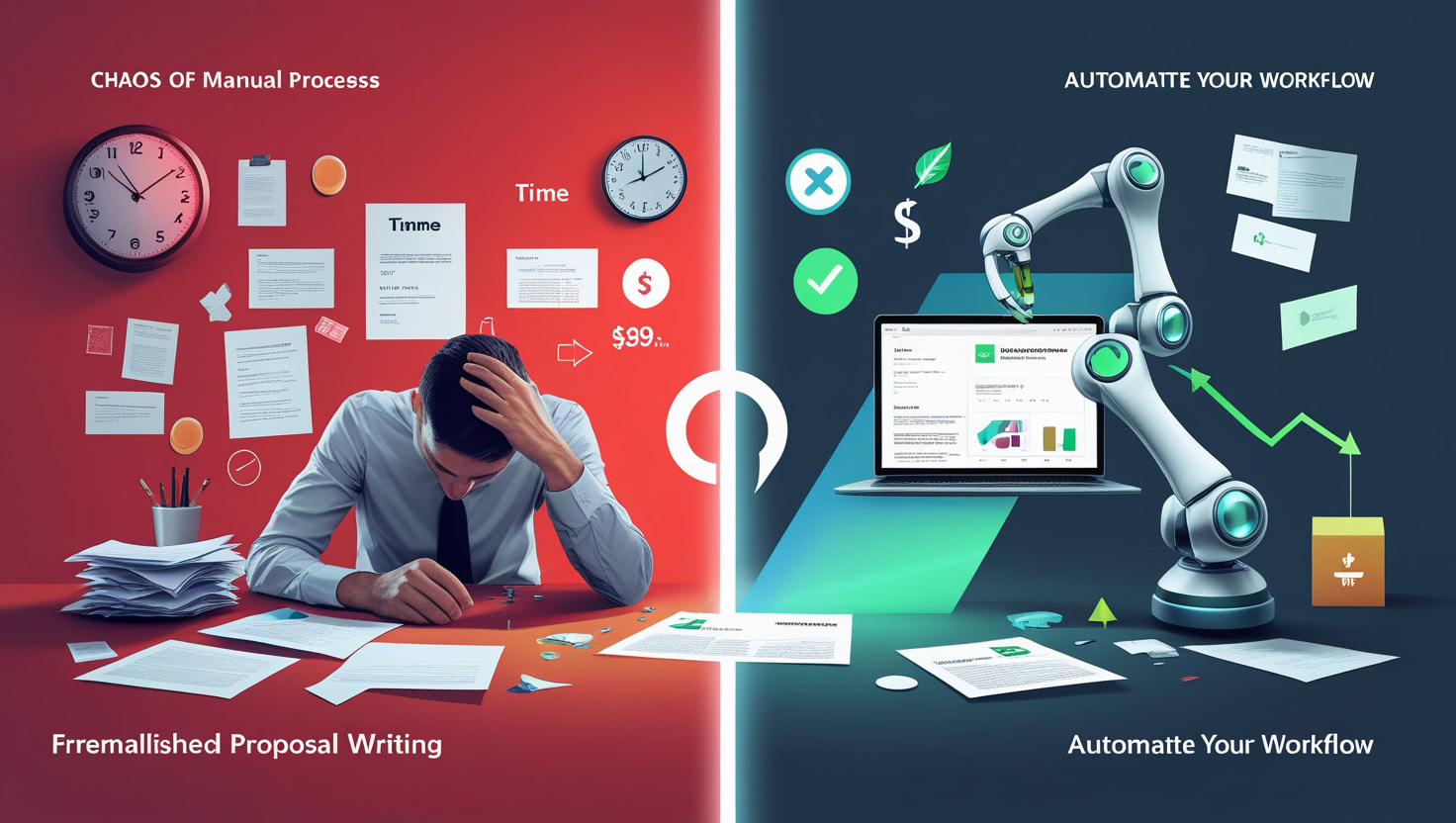The Federal Reserve has set out to narrow the scope for new U.S. debt it opened after the pandemic outbreak, but interest rates remain low.
In short, the Fed bought back $120 billion worth of previously issued U.S. bonds each month, creating room for the government to borrow more easily to finance increased costs. Repayments are declining by $15 billion per month to be fully repaid by mid-2022.
The European Central Bank has an even more powerful “credit line” with 19 eurozone member states worth a whopping 1,850 billion euros, which will last until March of next year, according to current plans.
A stagnation scenario looms
The European Union monetary authorities will announce details on the reduction or elimination of bond redemption in December. It is not expected that the tap will be turned off immediately, but that the inflow of money into the treasury and the financial sector will be gradually reduced.
European economies are recovering quickly this year, but the Corona has proved tougher than expected, and on top of that, energy prices have risen sharply, driving up other prices. Some smaller national banks have already begun to raise interest rates, but America and the EU are keeping them at zero for now. Market participants expect the Americans to raise rates next year, while the eurozone may decide to take a similar step a year later. 
In anticipation of these moves, long-term government bond yields have begun to rise. There are also calls from the market for monetary tightening, i.e., raising interest rates earlier than planned. The head of the U.S. Federal Reserve, Jerome Powell, reiterated that the central bank believes that the current inflation is only temporary.
The head of the European Central Bank, Christine Lagarde, made similar comments last week.
What lies ahead
In principle, there is no longer any need to buy bonds because banking systems around the world are swimming in liquidity and demand for credit is low. Inflation is pushing central banks to at least signal that they are ready to tighten monetary policy. So, reducing bond purchases is a kind of vote of confidence to the public that they will do whatever it takes to keep economies in better shape.
Another problem for the U.S. is that the U.S. economy could enter a natural recession in 2022, which will affect the intensity of the monetary authorities’ actions.
It is inauspicious when recession and inflation occur simultaneously. The growth capacity of the U.S. economy is exhausted, there is no innovation, demand is quite subdued, and since the government has already used its tools to strengthen demand due to the Corona, there is a real risk of recession in 2022. As a rule, events in the United States spill over into the global economy. Stagnation can easily escalate into a much worse scenario like the stagflation we went through in the 1970s.
The most important thing at this time is to monitor your financial flows. Take care of incoming and outgoing money. With Invoice Crowd you can do just that – you can track your money flow at any time, so you know how to anticipate and plan for contingencies in a timely manner.




